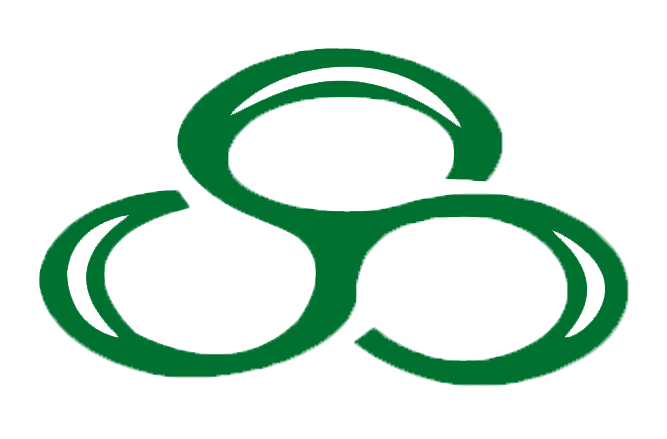Viscose is a semi-synthetic material used in clothes, upholstery, and other bedding materials. It’s derived from wood pulp, which is treated and spun into yarns to make fabric. The soft, lustrous, and lightweight viscose fabric drapes perfectly.
It is a manufactured fiber made from natural materials. The term “viscose” refers to the viscous organic liquid which is regenerated into fibers for making the fabric. Viscose rayon is derived from cellulose, the main constituent of plant cell walls. Cellulose is treated with chemicals to make a fiber mimicking the qualities of natural fibers, such as silk and cotton. Viscose fabric often looks like silk and feels like cotton.
Some of the common trees and plants from which viscose rayon is derived:
· Beech
· Pine
· Spruce
· Hemlock
· Eucalyptus
· Bamboo
· Soy
· Sugarcane
Viscose Production Process
Viscose was first manufactured in 1883 as an affordable alternative to natural silk. This versatile fabric, often known as artificial silk, is found in jacket linings, t-shirts, activewear, fashionable dresses, and tunics. Its versatility lies in the fact that it can be blended with different fabrics such as cotton and polyester to boost their benefits. The wood cellulose goes through several steps leading to the final product, viscose fabric.
Here we break down the process of viscose production in 10 steps:
1. Wood chips are dissolved in chemicals such as sodium hydroxide, making brownish wood pulp.
2. This wood pulp containing the cellulose is then dissolved in caustic soda, turning it into an alkali solution. The process removes all impurities from the solution, making it a clean raw material for the fabric.
3. The alkali solution is pressed between rollers, eliminating excess liquid, forming pressed sheets.
4. These pressed sheets are then shredded into crumbs.
5. Crumbs are treated with carbon disulfide.
6. The treated crumbs are dissolved in chemicals such as sulfuric acid, creating the viscous solution. The “viscose” fabric or the viscose process of manufacturing rayon owes its name to this viscous solution.
7. The viscous solution is filtered to remove any undissolved element
8. Next is degassing, required to eliminate bubbles of air trapped in the solution that may cause weak spots in the fiber.
9. The solution is then forced through a spinneret, a machine making filaments (slender thread-like fiber) of regenerated cellulose.
10. The regenerated cellulose fibers are then spun into yarns to be woven or knit into viscose fabric.
Clothes
Viscose fabric’s silky feel makes dresses look classy, without having to pay for original silk. Viscose rayon is also used to make synthetic velvet, which is a cheaper alternative to velvet made with natural fibers.
The look and feel of viscose fabric is suitable for both formal or casual wear. It’s lightweight, airy, and breathable, perfect for blouses, t-shirts, and casual dresses.
Viscose is super absorbent, making this fabric suitable for activewear. Moreover, viscose fabric retains color well, so it’s easy to find it in almost any hue.

